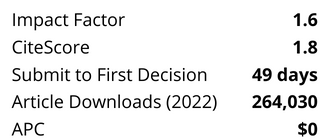Mumbai receives an average annual rainfall of 2100 mm; all of it during the monsoon months from June to September. Mumbai originally consisted of seven individual islands which have been merged through landfill over the past 300 years. The city population has grown to 16.36 million (2001 census) but the city infrastructure has not kept pace with the rate of population growth. Although the water supply has increased, it has been difficult to provide new drainage facilities. This has resulted in local system overloads and causes severe flooding on an average twice a year. This happen when high intensity rainfall (>50 mm/hr) occurs continuously for 2-3 hours coinciding with the occurrence of high tides.
Mithi River catchment is the largest catchment in Mumbai. The main objective of this study is to quantify the volume of flows at key points in the Mithi River system and to evaluate alternatives to reduce flooding in the catchment using the Australian urban drainage modeling software DRAINS. The option of detention basin at suitable locations to control flooding in the catchment has been simulated and it is concluded that the provision of detention basin can reduce flooding by 50 to 95% at various points in the catchment.




%20cropped.png?versionId=5954)